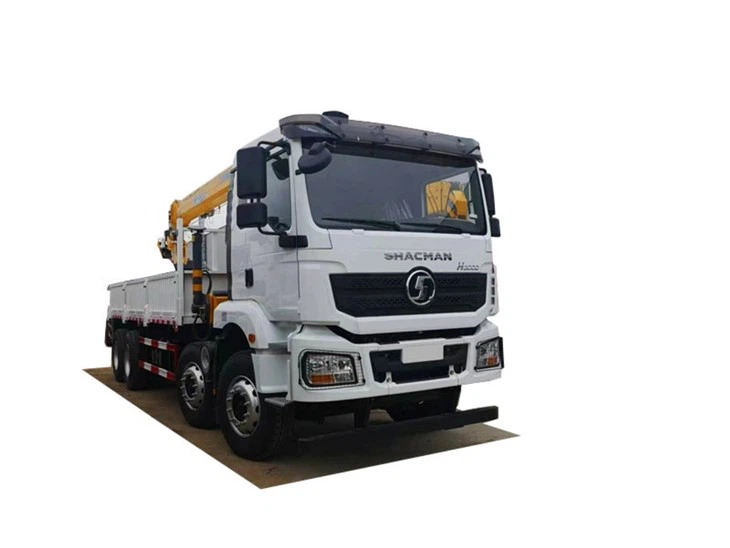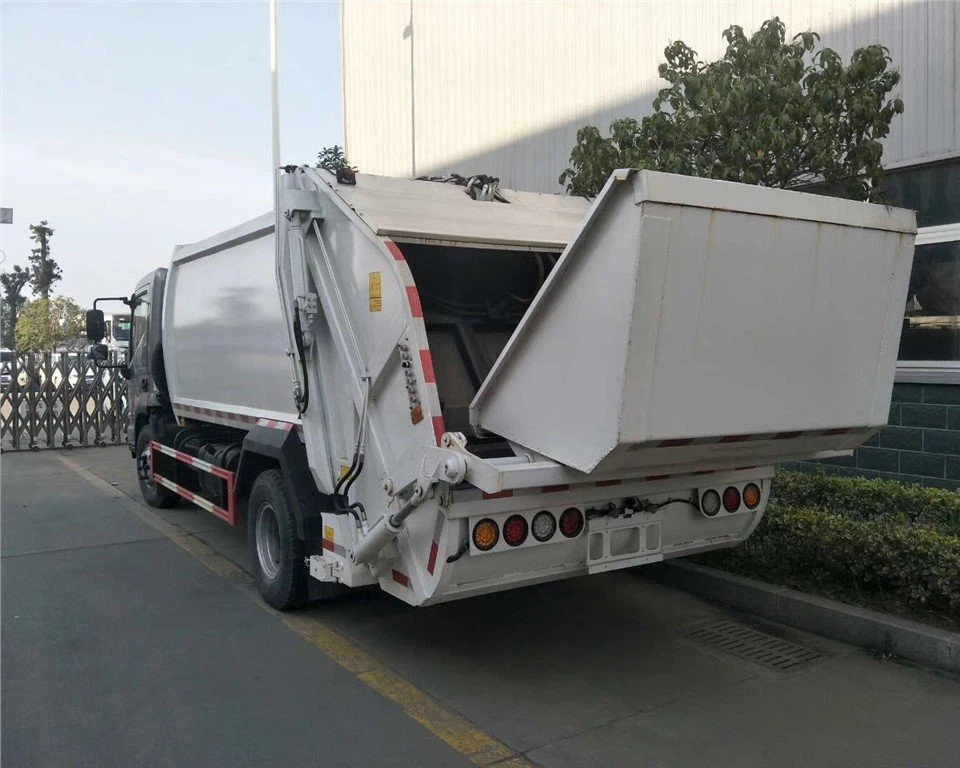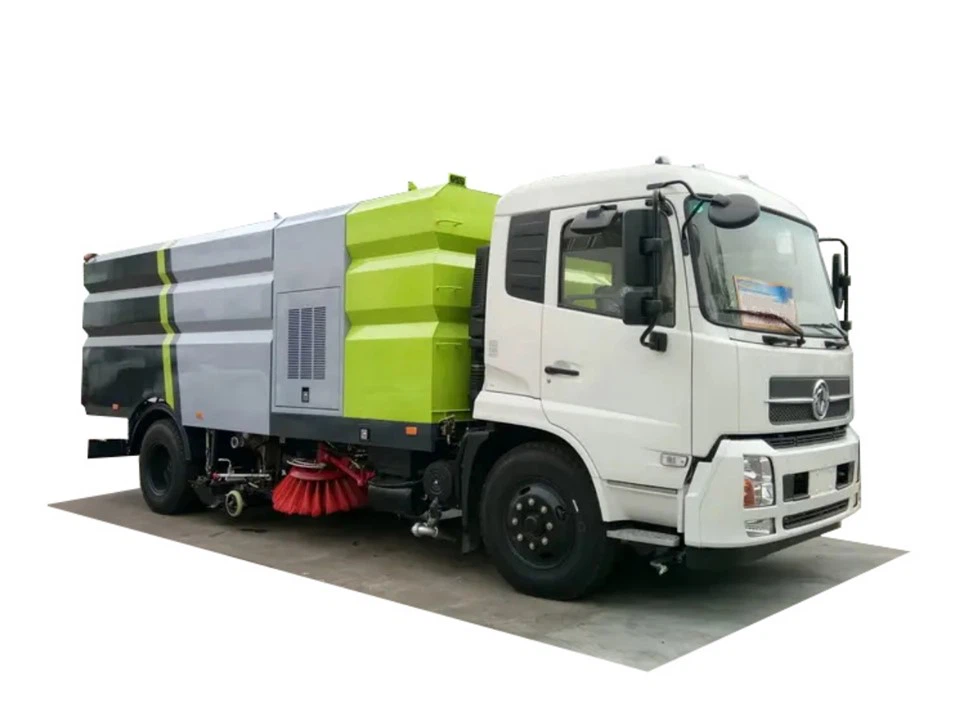Introduction
Liquid tankers are critical components in the transportation and logistics industry. Understanding how many gallons these tankers can hold is essential for businesses involved in shipping liquids, such as petroleum, chemicals, and food products. This article will provide in-depth knowledge about the capacity of liquid tankers in gallons, how to calculate these volumes, and the various types of tankers available. We’ll explore practical examples and tips for effective transportation and storage, and answer common questions related to this important topic.
Types of Liquid Tankers
Liquid tankers come in various shapes and sizes, designed for specific applications. Understanding the different types is crucial for determining capacity in gallons and ensuring compliance with industry standards.
Chemical Tankers

Chemical tankers transport various liquids, including industrial chemicals, solvents, and petrochemicals. They are often equipped with specialized tanks to handle corrosive materials.
Food Product Tankers
Food-grade tankers are designed to transport consumable liquids like milk, juices, and cooking oils. These tankers follow strict hygiene and safety guidelines.
Petroleum Tankers
Petroleum tankers are used for transporting crude oil, gasoline, and other refined products. They are characterized by their robust design to handle the high pressures associated with petroleum products.
Types Based on Size
| Type | Capacity (Gallons) |
|---|---|
| Small Tankers | Up to 5,000 gallons |
| Medium Tankers | 5,000 to 50,000 gallons |
| Large Tankers | 50,000 gallons and above |
Calculating Capacity in Gallons
Understanding how to calculate the capacity of a liquid tanker in gallons is essential for managing logistics efficiently. Here is a straightforward method to do just that.
Measurement Techniques
The capacity of liquid tankers is typically measured in gallons. The following measurement techniques help determine the volume effectively:
1. Using Tank Dimensions
To calculate the volume:
- Measure the length, width, and height of the tank.
- Use the formula: Volume = Length × Width × Height.
2. Using a Dipstick Method
A dipstick can be used for tanks that are not rectangular. Lower the dipstick into the tank and measure the depth of the liquid. Multiply the liquid depth by the tank’s cross-sectional area.
Conversion Between Different Units
It is also important to know how to convert between gallons and other units of measurement. Here are some common conversions:
| Gallons | Liters | Cubic Feet |
|---|---|---|
| 1 gallon | 3.785 liters | 0.1337 cubic feet |
| 1 liter | 0.2642 gallons | 0.0353 cubic feet |
Practical Examples of Gallons in Liquid Tankers
Let’s explore some practical scenarios to illustrate how understanding gallons in liquid tankers is crucial in real-world applications.
Example 1: Transporting Petroleum
A medium-sized petroleum tanker holding 20,000 gallons is scheduled to transport oil from a refinery to a distribution center. Understanding the capacity allows logistics managers to plan the deliveries and scheduling efficiently.
Example 2: Food Product Transportation
A food-grade tanker with a capacity of 10,000 gallons is utilized to transport milk from a dairy farm to processing facilities. Knowing the exact volume helps ensure that the dairy’s production rates align with transportation capabilities.
Example 3: Chemical Delivery
A chemical company uses a tanker that holds 30,000 gallons of liquid solvent. By calculating the volume and maintaining its compatibility with the chemical being transported, they can ensure safe and efficient delivery.
Key Considerations for Gallons in Liquid Tankers
When dealing with liquid tankers, it’s important to consider various factors that can affect transportation and storage.
Safety Regulations
Adhering to safety regulations is paramount in the transportation of hazardous materials. Make sure your tanker complies with the DOT (Department of Transportation) regulations for liquid transportation.
Environmental Impact
Understanding environmental regulations helps mitigate the adverse effects associated with spills or leaks during transport. Proper training and equipment are essential.
Tips for Efficient Use of Liquid Tankers
To maximize efficiency and maintain safety when using liquid tankers, consider the following tips:

1. Regular Maintenance
Ensure that your tankers are regularly maintained to prevent leaks and malfunctions. A well-maintained tanker is safer and more efficient.
2. Proper Loading Techniques
Follow guidelines for proper loading techniques to avoid overfilling or imbalanced loads, which can lead to accidents or leaks.
3. Use Correct Sealing Methods
Ensure that all openings and seals are secure to prevent spills during transportation.
Frequently Asked Questions (FAQs)
What is the average capacity of a liquid tanker?
The average capacity of a liquid tanker can range from 5,000 gallons for small tankers to over 300,000 gallons for large petroleum tankers.
How are liquid tankers cleaned between uses?
Liquid tankers are cleaned using specialized cleaning solutions and techniques to prevent contamination of the next cargo. Strict protocols must be followed, especially for food-grade and chemical tankers.
What are the costs associated with liquid tanker transportation?
Costs can vary widely based on fuel prices, distance, and the complexity of the cargo. Regular maintenance and safety compliance also contribute to overall expenses.
How do environmental regulations affect liquid tankers?
Environmental regulations require tankers to be equipped with spill prevention measures and leak detection systems, ensuring minimal impact during transport.

Can liquid tankers be used for multiple types of cargo?
While it is possible to use liquid tankers for various cargo types, it is essential to follow appropriate cleaning, safety protocols, and ensure that the tanker is compatible with the next cargo.
What should I do if I suspect a leak in my tanker?
If a leak is suspected, stop the vehicle immediately, evacuate the area, and follow emergency procedures established in your safety protocols. Report the situation to authorities for appropriate action.